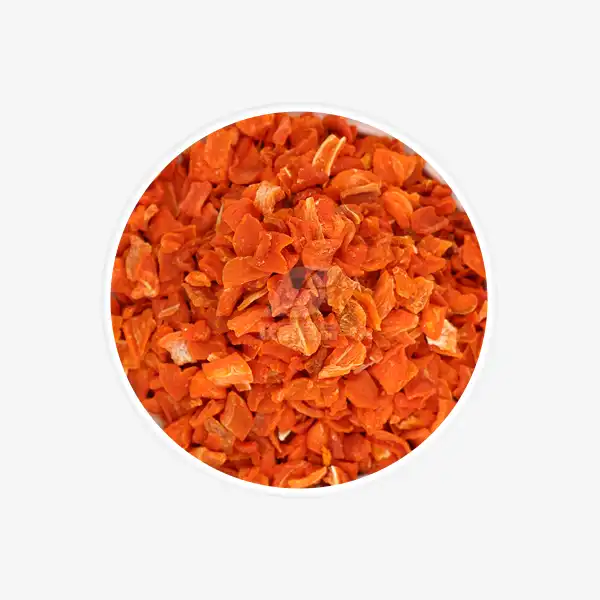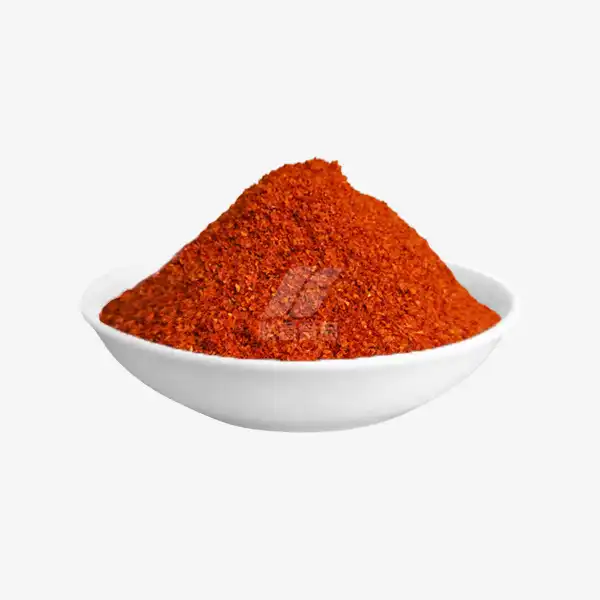How to quickly rehydrate dried chives for cooking?
Dehydrated chives are an excellent pantry staple, offering the delicate onion flavor of fresh chives with extended shelf life. However, to truly unlock their potential in your culinary creations, it's essential to know how to rehydrate them properly. This guide will walk you through the process of bringing your dried chives back to life, explore the best dishes to use them in, compare them to fresh chives, and provide valuable storage tips.
Quick Methods to Rehydrate Dried Chives
Rehydrating dried chives is a simple process that can be accomplished through several methods:
Water Soak Method
Place your dried chives in a small bowl and cover them with room temperature water. Allow them to soak for about 5-10 minutes until they become soft and pliable. Drain the excess water before using.
Steam Method
For a quicker option, place the dried chives in a fine-mesh strainer. Hold the strainer over a pot of simmering water, allowing the steam to penetrate the herbs for 1-2 minutes. This method is particularly effective for restoring the chives' vibrant green color.
Direct Addition to Recipes
In many cases, you can add dried chives directly to your recipes without pre-hydrating. Soups, stews, and sauces with high liquid content will naturally rehydrate the chives during the cooking process.
Oil Infusion
For a unique twist, try rehydrating your chives in warm oil. This method not only softens the herbs but also infuses the oil with their delicate flavor, creating a versatile ingredient for dressings and marinades.
Best Dishes to Use Rehydrated Chives In
Dehydrated chives can elevate a wide array of dishes with their subtle onion flavor and vibrant green color. Here are some culinary applications where they truly shine:
Potato Dishes
Sprinkle rehydrated chives over mashed potatoes, baked potatoes, or potato salads for a burst of flavor and visual appeal. The herb's delicate onion notes complement the starchy richness of potatoes perfectly.
Egg Preparations
Incorporate rehydrated chives into omelets, frittatas, or scrambled eggs. They add a subtle depth of flavor and a pop of color to these breakfast staples.
Soups and Stews
Add rehydrated chives to creamy soups like potato leek or vegetable chowders. They can be stirred in during the final minutes of cooking or used as a garnish for a fresh, oniony bite.
Dips and Spreads
Mix rehydrated chives into sour cream-based dips, cream cheese spreads, or homemade mayonnaise for an extra layer of flavor. They're particularly delightful in a classic onion dip.
Fish Dishes
Sprinkle rehydrated chives over grilled or baked fish for a subtle onion flavor that doesn't overpower the delicate taste of seafood. They pair exceptionally well with salmon and white fish varieties.
Salad Dressings
Incorporate rehydrated chives into vinaigrettes or creamy dressings. They add a mild onion flavor and specks of green that make your salads visually appealing.
Compound Butters
Mix softened butter with rehydrated chives and other herbs to create a flavorful compound butter. This can be used to top steaks, flavor vegetables, or spread on bread.
Dehydrated Chives vs Fresh: What's the Difference?
While both fresh and dehydrated chives offer unique benefits, understanding their differences can help you make the best choice for your culinary needs:
Flavor Intensity
Fresh chives have a more pronounced, vibrant flavor with a subtle sweetness. Dehydrated chives, on the other hand, have a more concentrated onion flavor that can be more potent when rehydrated.
Texture
Fresh chives have a crisp, tender texture that adds a pleasant bite to dishes. Rehydrated dried chives, while softer, may not fully regain the same crispness as fresh ones.
Color
Fresh chives boast a bright, vivid green color. Dehydrated chives may appear slightly muted in color, even after rehydration, though they still provide a nice visual element to dishes.
Shelf Life
The most significant advantage of dehydrated chives is their extended shelf life. While fresh chives typically last about a week in the refrigerator, properly stored dried chives can maintain their quality for up to a year.
Convenience
Dehydrated chives offer unparalleled convenience. They're always ready to use, require no chopping, and can be easily stored in your pantry. Fresh chives, while delicious, require more frequent purchasing and preparation.
Culinary Applications
Fresh chives are often preferred for dishes where their crisp texture and bright flavor are showcased, such as garnishes or in fresh salads. Dehydrated chives excel in cooked dishes, soups, and recipes where they have time to rehydrate and infuse their flavor.
Storage Tips for Dried and Rehydrated Chives
Proper storage is crucial for maintaining the quality and flavor of both dried and rehydrated chives. Here are some essential tips:
Storing Dried Chives
- Airtight Containers: Store dried chives in airtight containers to protect them from moisture and air exposure, which can degrade their quality.
- Cool, Dark Place: Keep the container in a cool, dark place away from direct sunlight and heat sources. A pantry or cupboard is ideal.
- Avoid Moisture: Always use a dry spoon when scooping out dried chives to prevent introducing moisture into the container.
- Check for Freshness: Dried chives should retain their color and aroma. If they've lost their scent or appear discolored, it's time to replace them.
Storing Rehydrated Chives
- Refrigeration: If you've rehydrated more chives than needed, store the excess in an airtight container in the refrigerator.
- Short-Term Storage: Rehydrated chives are best used within 1-2 days for optimal flavor and texture.
- Pat Dry: Before storing, gently pat the rehydrated chives dry with a paper towel to remove excess moisture.
- Avoid Freezing: Freezing rehydrated chives can lead to a mushy texture upon thawing, so it's best to avoid this method.
Maximizing Longevity
- Vacuum Sealing: For long-term storage of dried chives, consider vacuum sealing them to maximize their shelf life.
- Smaller Quantities: Store dried chives in smaller quantities to minimize air exposure each time you open the container.
- Label and Date: Always label your containers with the date of purchase or opening to keep track of freshness.
Conclusion
Mastering the art of rehydrating dried chives can significantly enhance your culinary repertoire. These versatile herbs offer convenience, extended shelf life, and a concentrated flavor that can elevate a wide range of dishes. By understanding the differences between fresh and dried chives, and following proper storage techniques, you can ensure that you always have this flavorful ingredient at your fingertips. For more information about our high-quality dehydrated chives and other herb products, please don't hesitate to contact us at qingzhengliu@jslianfu.com.
References
1. Johnson, M. (2021). "The Art of Rehydrating Dried Herbs: A Culinary Guide". Culinary Herbs Quarterly.
2. Smith, A. (2020). "Comparative Study of Fresh vs. Dried Chives in Modern Cuisine". Journal of Culinary Sciences.
3. Brown, L. (2022). "Maximizing Flavor: Techniques for Rehydrating Dried Herbs". Gourmet Cooking Magazine.
4. Davis, R. (2019). "Storage Solutions for Dried Herbs and Spices". Food Preservation Today.
5. Wilson, E. (2023). "The Versatility of Chives in Global Cuisines". International Herb Association Review.

_1729843393550.webp)









